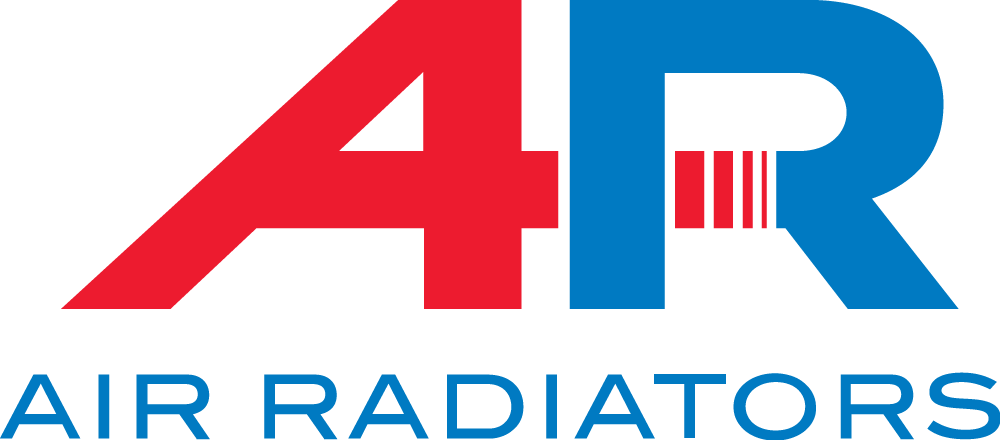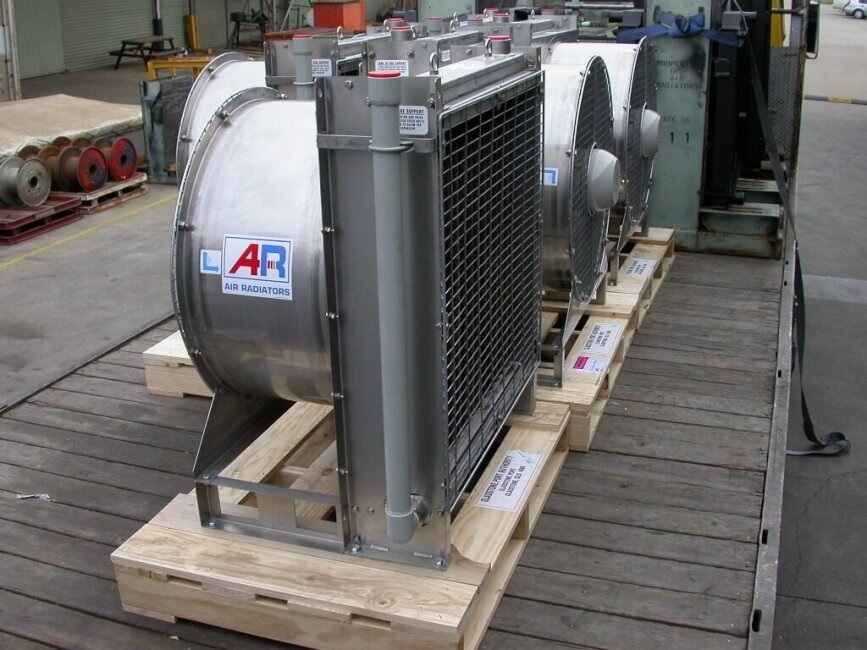Tighter control and improved turnaround times for testing at its Lara base are part of wider efficiency moves as the industrial heat exchanger manufacturer targets critical growth in overseas markets.
At its expanded R&D centre, which has had a fourfold increase in space, Air Radiator engineers can test a radiator core in a wind tunnel, use vibration rigs to simulate the impact of fatigue, test for corrosion and other stress factors, and use specialised measuring equipment which links directly to its virtual design team.
General manager Jamie Baensch said the company, which had developed two new products, was by necessity becoming more focused on international markets.
“A lot of work is going into promoting our business globally because if you don’t focus yourself for the international market, there’s just not enough business left in Australia,” Mr Baensch said.
“As a specialist supplier, (R&D capacity) is really necessary as our customers have an expectation that we have the right level of equipment to deliver to their requirements.”
The recent $300,000 investment in R&D is one of the projects making the company’s processes more efficient.
“It is all about making sure we are as efficient as we can be, for if we are not efficient we won’t survive in the Australian environment,” he said.
Air Radiators once used R&D testing facilities associated with the automotive sector but with the demise of Australian car production, it has had to find another way.
But product development manager Mike Jansen said not relying on a third party had worked to improve turnaround times and efficiency.
“We made a very conscious decision to expand that R&D space and add more capabilities into it,’ Mr Jansen said.
“We are not relying on anybody else now to help us.” He said the expanded R&D centre was critical for product development and speed to market.
“We have a set amount of product that we have at the moment,” Mr Jansen said.
“In order for us to grow and to develop as a company and as a manufacturer, we need to be able to develop our own products.”
He said the business now had the ability to run its testing rigs around the clock.
“We can cycle through lots of testing very quickly to get new product to market even quicker,” Mr Jansen said.
For example, he said it only took a day to “fully characterise” a radiator core in the wind tunnel, which had air rushing through it at 12m per second.
“It allows my engineers to have really big data set to complete design on a radiator core,” he said. “And it gives the sales engineer a big data set to go and sell those cores to our customers.”
Its two new patented heat exchangers, Pin Fin and Alu Fin, are seen as next generation solutions.
The copper-based Pin Fin, a robust premium product targeting the mining sector, is still in a development phase, while Alu Fin, which provides a flexible lower-cost option, is set to start being made to meet new orders.
“Those two products are very exciting,” Mr Baensch said.
“It’s about investing in the future of the business.”
See more: https://bit.ly/2xp8TKk




